About ITCF
About ITCF
The International Tropical Conservation Fund (ITCF) is a charity created in 1989 by two European zoos, the Papiliorama Foundation in Kerzers, Switzerland, and the Royal Burgers’ Zoo of Arnhem, Netherlands. The ITCF strives to link words to acts by carrying out very concrete and efficient action to conserve tropical ecosystems. It is very much an international and decentralized organization, legally based in several countries around the world.
Mission History Board PartnersMission
ITCF’s mission is to contribute to the conservation of tropical forests, by funding and carrying out highly practical and concrete projects in the tropics.
Its goal is to dedicate its support to projects over a very long period of time, in order to ensure their long-term viability, and to fund what is traditionally so difficult to fund, namely operational costs.
In a world where 80% of protected areas are underfunded, understaffed and underprotected, we emphasize foremost on ensuring the integrity of our protected areas, in order to make certain that biodiversity is effectively preserved. To reach its goals, ITCF fundraises among the public, foremost visitors to the zoos involved, while also seeking the support of corporate partners and grants from other funds.
History
In 1988, the Papiliorama Zoo of Kerzers, Switzerland and the Royal Burgers’ Zoo Arnhem, Netherlands both opened their respective indoor tropical exhibits. Their directors, Maarten Bijleveld and the late Antoon van Hooff decided to unite efforts in order not only to talk about the fate of tropical forests, but to actually do something about it: the International Tropical Conservation Fund (ITCF) was born. Two charities were simultaneously created, one in Switzerland, and one in Holland, and both are still based at the respective zoos. The ITCF now also exists as a 501c3 organization in the United States of America, thanks to the help and support of the ClimatePath Ecologic Fund.
The Shipstern Conservation & Management Area in north-eastern Belize (Central America), ITCF’s main project to this day, was acquired in 1989, and covers approximately 27’000 acres. This protected area is very diverse in habitats, ranging from lagoons and mangroves to dry coastal as well as subtropical forests typical of the Yucatan Peninsula. It is owned and managed by the Corozal Sustainable Future Initiative (CSFI), a Belizean NGO created by ITCF, on which board several ITCF board members are represented. ITCF to this day remains the main funder of CSFI and Shipstern Conservation & Management Area.
In 2019, CSFI, the Government of Belize and private landowners created the North-eastern Biological Corridor of Belize, a vast protected area south of Shipstern. This corridor is now under the management of CSFI. As such, ITCF’s efforts now protect close to 100’000 acres of natural landscapes in north-eastern Belize.
Learn moreBoard
The ITCFund – USA (also known as ClimatePath Ecologic Fund) is a US 501c3 charity created to fund high impact ecological conservation projects.
As a partner with the Corozal Sustainable Future Initiative, a primary goal is to help support tropical forest preservation work in Belize.

E.D. & faculty, UC Berkeley Haas School of Business, CEO ClimatePath, Chairman

Fair Trade & certification specialist

assoc. dean of Saint Mary’s College of California (retired)
Partners
While most funds come from individual donors, ITCFund is also thankful to receive the financial support of several other European Zoos, as well as various companies worldwide. Is your company interested in supporting our projects, while being assured that your contribution is invested wisely without being consumed by overheads? Please contact us.
ITCF is currently seeking to find more partners among zoos, in order to replicate the zoo-based support model which has been used for the past 30 years. Does your organization want to save tropical forests?
Contact usFounding Zoos
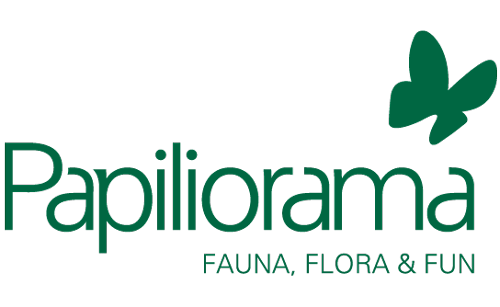
The Papiliorama Foundation, located in Kerzers (Switzerland), is a unique combination of a zoo and a botanical garden. It aims to turn the concept of biodiversity into something tangible to its visitors, by immersing them in exhibits displaying abundant fauna and flora.
Papiliorama strives to be an ambassador for global biodiversity education and ecosystem conservation both locally and internationally.
Learn more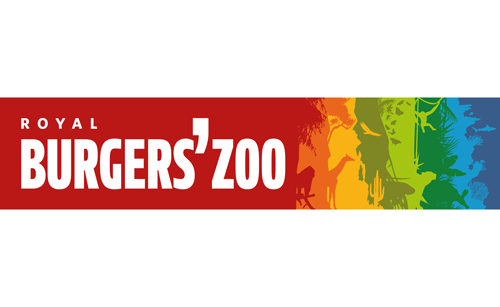
The Royal Burgers’ Zoo is one of the largest zoos in the Netherlands, welcoming over a million and half visitors annually.
It has long been a pioneer in creating what is known as eco-displays, in other words very large halls home to both plants and animals.
Burgers’ Bush, the very first large scale indoor jungle in Europ, opened in 1989, followed over the years by many others.
Learn moreContributing Zoos
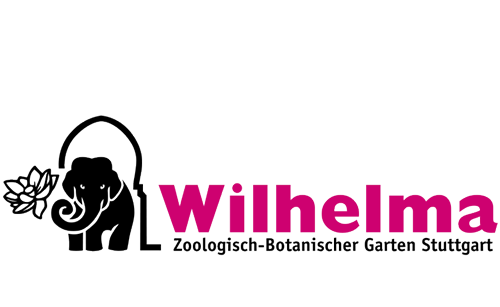
With more than 1,000 animal species, Wilhelma is one of the most species-rich zoos in the world. In addition, more than 7,000 plant species adorn the botanical garden.
Learn more
Walter Zoo has been an important attraction ever since its creation in 1961. 1’100 animals in 130 species makes an adventurous experience.
Learn more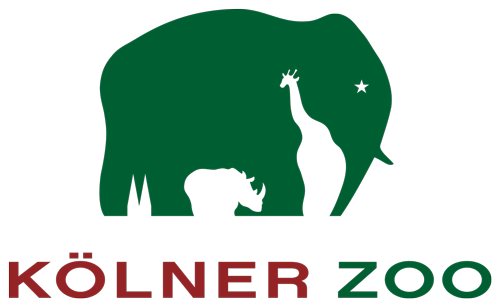
The Cologne Zoo is one of the largest and oldest zoos in Germany. It was founded in 1860 and has long been known for its progressive and innovative approach to animal husbandry.
Learn more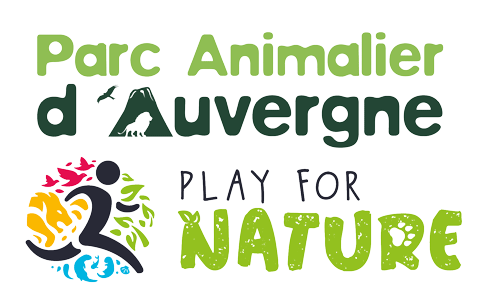
The Parc animalier d’Auvergne is located in the Puy-de-Dôme department and is home to about 70 different species and 350 animals in total. Through its Play for Nature charity, the park works to protect nature.
Learn moreCompanies
Blackwolf